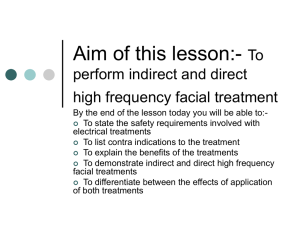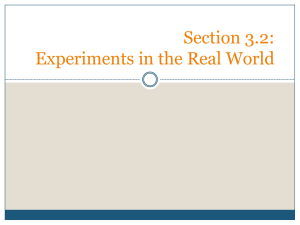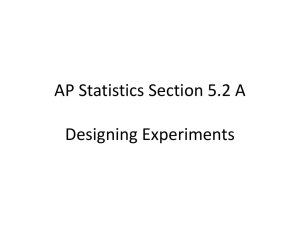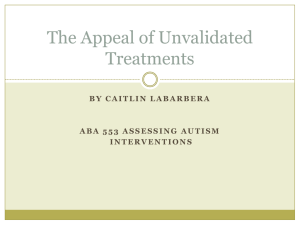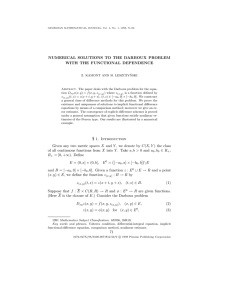Photo Album - Foundation for Ichthyosis & Related Skin Types
advertisement
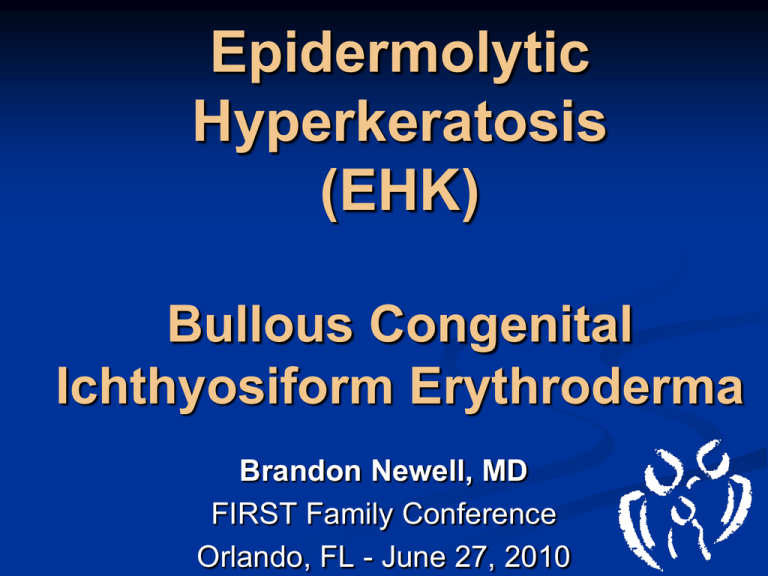
Epidermolytic Hyperkeratosis (EHK) Bullous Congenital Ichthyosiform Erythroderma Brandon Newell, MD FIRST Family Conference Orlando, FL - June 27, 2010 Recently renamed Epidermolytic Ichthyosis (EI) FIRST Family Conference June 27, 2010 Epidermolytic Ichthyosis Autosomal dominantly inherited form of ichthyosis (most cases) Incidence: 1 in 200,000-300,000 Roughly 50% of cases are due to a New mutation Epidermolytic Ichthyosis Abnormal gene: Keratin K1 (Chr12) and Keratin 10 (Chr17) Coulombe Lab Johns Hopkins EHK: Keratin function Keratins form intermediate filaments Intermediate filaments provide structural stability to keratinocytes Mutations=defective keratin proteins Intermediate filaments, function poorly Skin cell collapses blistering occurs The thickening of the skin is thought to be compensatory to protect against blistering Emedicine.com Emedicine.com EHK Newborns Widespread blisters Blisters rupture easily, leaving raw skin -- Risk of severe infection, electrolyte problems 3-6months Hyperkeratosis (scales) begins to develop EHK As patients get older they develop more scales, experience less blistering EHK Scales tend to be more prominent in flexural areas (armpits, crease of arm) Scales described as” corrugated cardboard” scales EHK groups Patients with Keratin 1 mutations Severe palm and sole involvement • Patients with Keratin 10 mutations – Less severe palm involvement Diagnosis of EHK Clinical appearance Genetic testing Buccal swab Blood test Prenatal diagnosis can be made through chorionic villus sampling, analysis of amniotic cells (amnio), or fetal skin biopsies. Treatments Treatment is a Balance act of risks and benefits Too much scale=decreased mobility, infection/odor Too little scale=more blistering, pain, infections Treatments Newborns High risk of infection Monitor for electrolyte abnormalities/dehydration Moisturizers Maximize nutritional intake Nutritionist Higher calorie formulas or calorie added breastmilk Basic wound care Moisturizers, antibiotics if indicated Treatments Moisturizers are mainstay of maintenance therapy Ointments (more greasy) Vaseline, white petroleum jelly Aquaphor ointment Creams (less greasy) Cetaphil cream Vanicream Eucerin cream Treatments Moisturizers are mainstay of maintenance therapy Oils Baby oil, mineral oil, olive oil Robathol bath oil Dermasmooth oil (without steroid) Salt Baths Sea Salt in bathwater: ½-2 cup per bathtub Weekly Salt water baths (3% NaCl): Pipes must be ok to handle salt water Our PT whirlpool = 60 gallons 60 gal = ~230,000 ml 6,810g NaCl added to 230,000ml = 3% NaCl 15# sea salt to 60 gallons Begin with 7.5#, 10#, 15# Restaurant supply suppliers Pool supply stores Treatments Topical Keratolytics (to reduce scaling in older patients) Lactic acid containing products LacHydrin (Rx) AmLactin Ulactin Lacticare Eucerin plus cream Problem: can sting and burn initially, gradually improves with continued use Treatments Compounded medications Medications must be mixed at the pharmacy Can tailor ingredients based on need/patient 10% lactic acid + 10% urea in vaseline 2x/day 20% lactic acid + 20% urea in vaseline 2x/day Severely thick palms and soles 50% salicylic acid + 20% urea in vaseline 1x/day Treatments Topical Retinoids (“Retin A”) Typically used for acne Cream formulation better for skin Gel formulation better for hair bearing areas (scalp) Tazorac (Tazarotene) Strong synthetic retinoid Helps reduce scaling Can be used around round the eye to help loosen the skin around the eye to allow the eye to close shut Pregnancy classification X Comes in 60g and 100g tubes $$$$$$$$$ very expensive Oral “Retinoids” Accutane (isotretinoin) Soriatane (acitretin) Requires monitoring of bloodwork Numerous side-effects exists Risk vs benefits Not for everyone Many can tolerate this for years Can diffusely reduce scale Treatments Infections Antibacterial soaps Cetaphil antibacterial soap Oilatum AD Chlorhexidine soaps (Hibiclens) Clorox Bleach in bathwater “Bleach Baths” Kills bacteria on contact in a few minutes ¼ cup per half average bathtub of water ½ cup per full bathtub of water 2 times/week up to daily Generic unscented Clorox is inexpensive Dilute bleach in spray bottle can be sprayed on in shower Clorox Anywhere spray Treatments Infections Fungal infections can occur Wet moist areas: finger and toe web spaces, feet White, scaly plaques May be treated with: Topical antifungals: Lotrimin cream, ketoconazole cream Oral antifungal medications Treatments Infections Topical antibiotics Bacitracin, Double antibiotic ointment (Polysporin): OTC Bactroban (mupirocin): Rx Altabax: Rx Oral antibiotics Treat staph or strep infections Recommend having your doctor obtain a skin culture (swab) to monitor for resistant bacteria Treatments Infections Topical antibiotics Bacitracin, Double antibiotic ointment (Polysporin): OTC Bactroban (mupirocin): Rx Altabax: Rx Oral antibiotics Treat staph or strep infections Recommend having your doctor obtain a skin culture (swab) to monitor for resistant bacteria
